Degas: More than Just a Genius of Movement
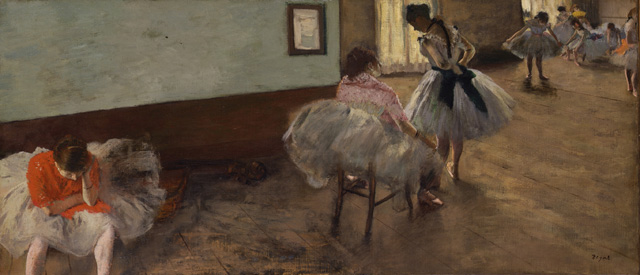
It is hard to imagine a world without Monet and his water lilies, and so much more without Edgar Degas and his ballerinas. Ever since I saw Degas' works at the Musee d' Orsay, I was introduced to a fascinating behind-the-scenes world of ballet dancers, which were more interesting than the actual spectacle.
Clearly, ballet was the domain of Edgar Degas, who was known to be a fixture of the Paris Opera in the late 19th century in his attempt to capture movement and beauty. But in this exhibit at the Royal Academy of Art, there was so much more about Degas that I didn't know. I expected only to be bombarded by images of ballerinas, but the exhibit also focused on his creative process and his experimentation with the technological advances of his time.
Ann Dumas of the Royal Academy
The genius of Degas is of course his way of capturing special and unguarded moments. Just look at the many images of ballet dancers slumped in a corner or when they are just in repose such as in the Dance Lesson and the Dance rehearsal. He captured this essence of spontaneity but framed the scenes asymmetrically allowing us an experience of seeing it mid-scene. The composition of his paintings made me wonder whether he was sketching or fiddling with an advanced camera with a fantastic element of depth of field to record these scenes before actually painting them.

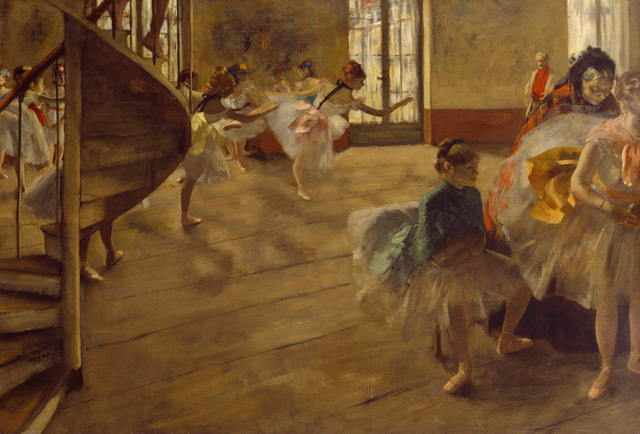
He was obsessed with human figure movement and choreography. Degas, however, couldn't find an alliance with his Impressionists friends to share this new passion except for the photographers which eventually led him to photography. There were three photographs he shot of three ballet dancers which showed his interest in lighting effects. There was also a photo of a woman in a bathtub which was the inspiration for the famous bathtub painting.
The exhibit even went so far as to include a clip (Serpentine Dance) from the Lumiere brothers and display items such as plate cameras which were a novelty during that time. Ann Dumas, curator of the Royal Academy of Art said these films were frequently shown in Montmarte and Degas would have certainly known about them.
Serpentine Dance from the Lumiere brothers, 1899
The fantastic array of sketches included in the show also demonstrated his dedication to studying movement. With photography as his new ally, he pushed boundaries in his art and translated himself into a variety of mediums – oil painting, pastels and sculpture.
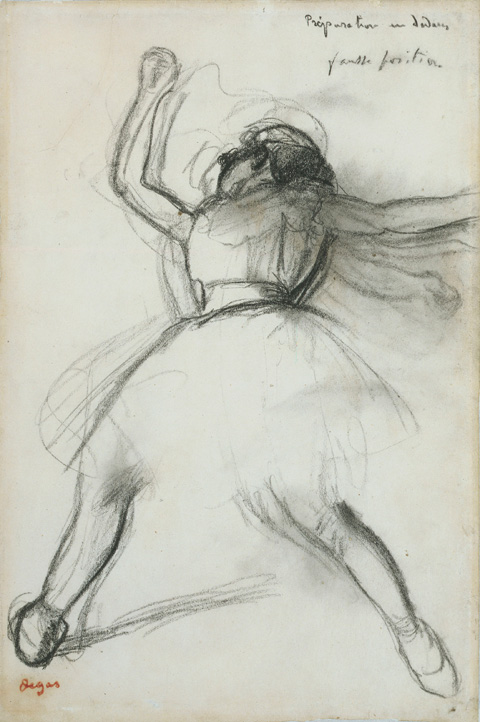
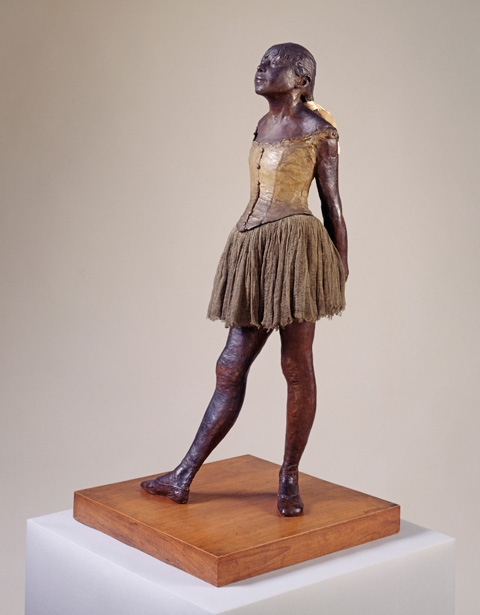
The only sculpture he exhibited during his lifetime, the Little Dancer was a central piece of the show. The way people inspected the Little Dancer in the exhibit, I forgot how much this sculpture had been criticized and called ugly and a monkey. There were a whole lot more figurative sculptures in the room, and I wonder if the criticism of Little Dancer led him to practice sculpture privately. The exhibit ends with a short clip of Degas captured in the film, walking in Paris with a lady.
Film clip of Edgar Degas
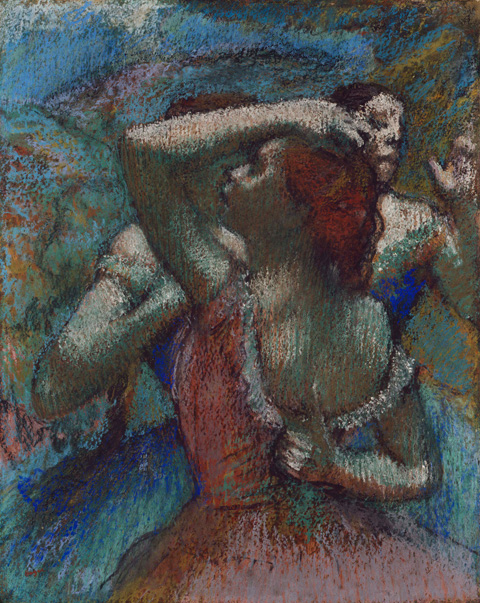
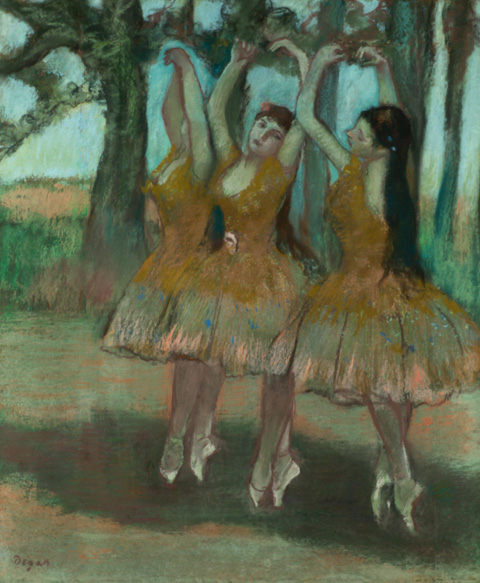
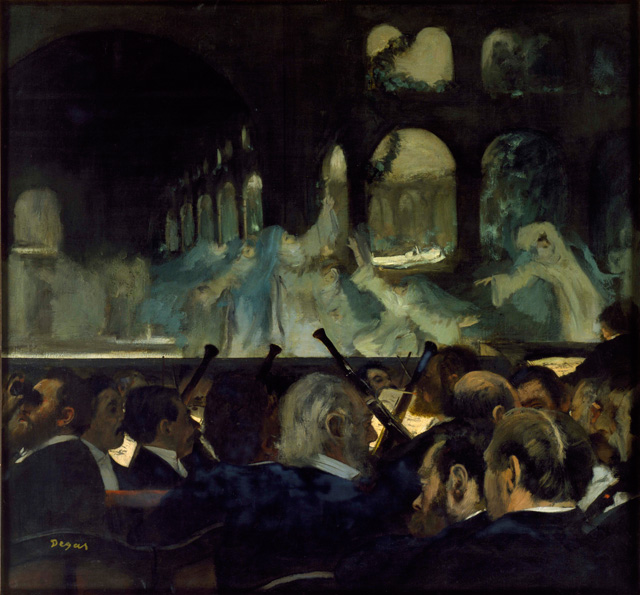
Related Links:
- Degas and the Ballet Picturing Movement by Alastair Sooke for the Telegraph
- Degas and the Ballet in Pictures from the Guardian
- Degas: More than Just a Ballet Master by Souren Melikian for the New York Times
- Workers wearing Toehoes by Alastair Macaulay for the New York Times
- A Fine Balance: Degas and the art of ballet by James Davidson for the Guardian